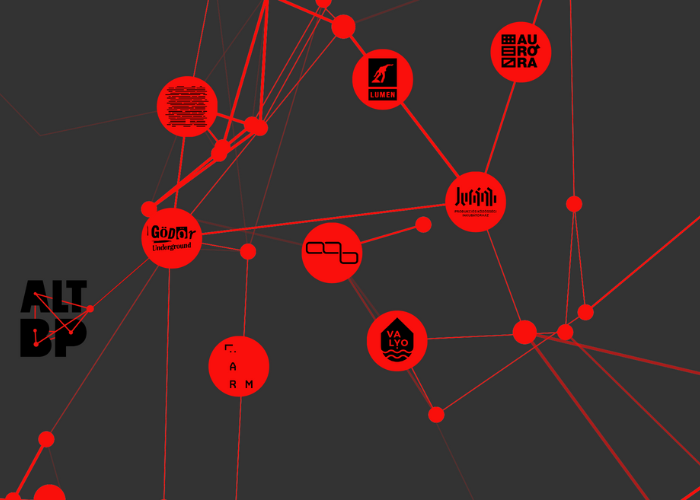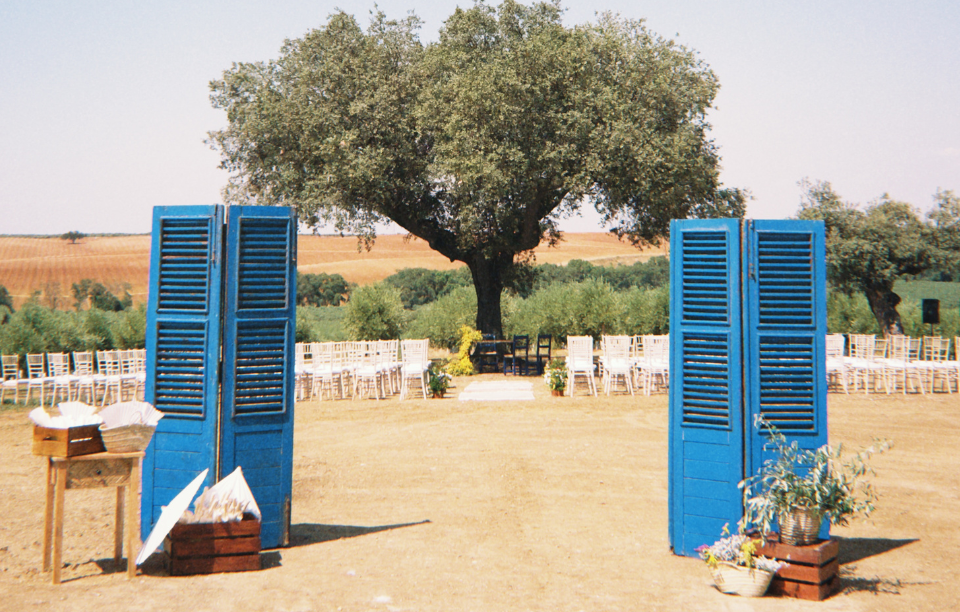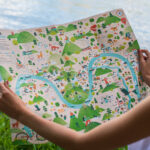
The Kanyargó Project: Transforming The Danube Bend Through Collaborative Ecotourism
2025. January 23.
Szőnyi Kino Garden: A Festival Built on Community, Creativity, and Resilience
2025. March 4.In 2021, I had the privilege of serving as project manager for Alt.BP (Alternative Budapest), a research initiative commissioned by the Budapest Mayor's Office. The aim was necessary: to shed light on the city’s alternative cultural scene, a rich ecosystem of venues, associations, artist collectives, civil organizations, and more that contribute so much to the city's character but often go unnoticed and unsupported.
I joined the project at a pivotal moment, right after the initial concept had been created. With my experience in projects like Kanyargó and my deep familiarity with Budapest’s alternative scene, I was eager to step into the role. For me, it wasn’t just about organizing—it was about honoring a vibrant community that had shaped so much of my own journey.
Project summary
The Alternative Budapest (ALT.BP) project offers an in-depth exploration of the city's vibrant alternative cultural scene through its interactive data visualization map. The platform highlights ten key hubs, each serving as a center for various cultural and community segments. These hubs encompass a diverse range of 138 associated venues, organizations, and collectives, through fields such as literature, music, visual arts, urbanism, and civil initiatives. The website features detailed articles that provide overviews and current insights into these hubs and their networks. Additionally, thematic essays dive into specific cultural and artistic topics, offering readers a comprehensive understanding of Budapest's alternative landscape. Unique features of the site include its dynamic data visualization, which illustrates the intricate relationships between different entities, and multimedia content that enriches the narrative, providing a divergent portrayal of the city's cultural fabric.
The Challenge of Representation
Our mission was to highlight and promote the immense value of the alternative cultural scene. But as we embarked on this journey, questions arose—both from within our team and from the people we worked with. What would this project actually lead to? Would it have a lasting impact, or would it simply be a short-term exercise with no follow-through?
The people we collaborated with weren’t naive. They had seen promises come and go, and they didn’t hesitate to ask hard questions. Our response? Honesty. We acknowledged the uncertainty and focused on what we could achieve in the present moment: creating a platform that could serve as a resource, a legacy, and hopefully, a stepping stone for future initiatives.
Building the Website: A Living Archive of Budapest’s Alternative Scene
The website became the heart of the Alternative Budapest project—a digital platform designed to capture the complexity, creativity, and interconnectedness of the city’s alternative cultural scene. From the outset, we knew this couldn’t be just another directory or a dry list of venues and organizations. The alternative scene is alive and dynamic, and we needed the website to reflect that energy.
The foundation of the site is an interactive, data visualization-based map, showcasing the 10 key hubs that served as anchors for the project. Each hub represents a network of connections—venues, artist collectives, civil organizations, and more—and the map reveals these interrelations in a way that is visually engaging and easy to navigate. The goal was to show not just what exists, but how it’s all connected, offering a bird’s-eye view of the alternative ecosystem.
However, we knew that visuals alone wouldn’t be enough. A true representation of the scene required more personal, immersive elements. That’s why we decided to include multimedia content:
- Interviews with key figures: These conversations provide deeper insight into the people behind the scene—their motivations, struggles, and hopes for the future.
- Short films: Shot across the selected hubs, these videos captured the unique atmosphere and creative energy of each space, offering a window into a world that many people had never seen before.
- Photo essays: Highlighting both the physical spaces and the people who animate them, these images added an emotional and aesthetic layer to the website.
We also wrote feature articles on each hub, providing context on current activities, and their role within the broader alternative scene. To give visitors an even fuller picture, we explored major themes—like music, theater, architecture, civil engagement, and fine arts—through detailed write-ups, weaving a narrative that underscored the diversity and richness of Budapest’s alternative culture.

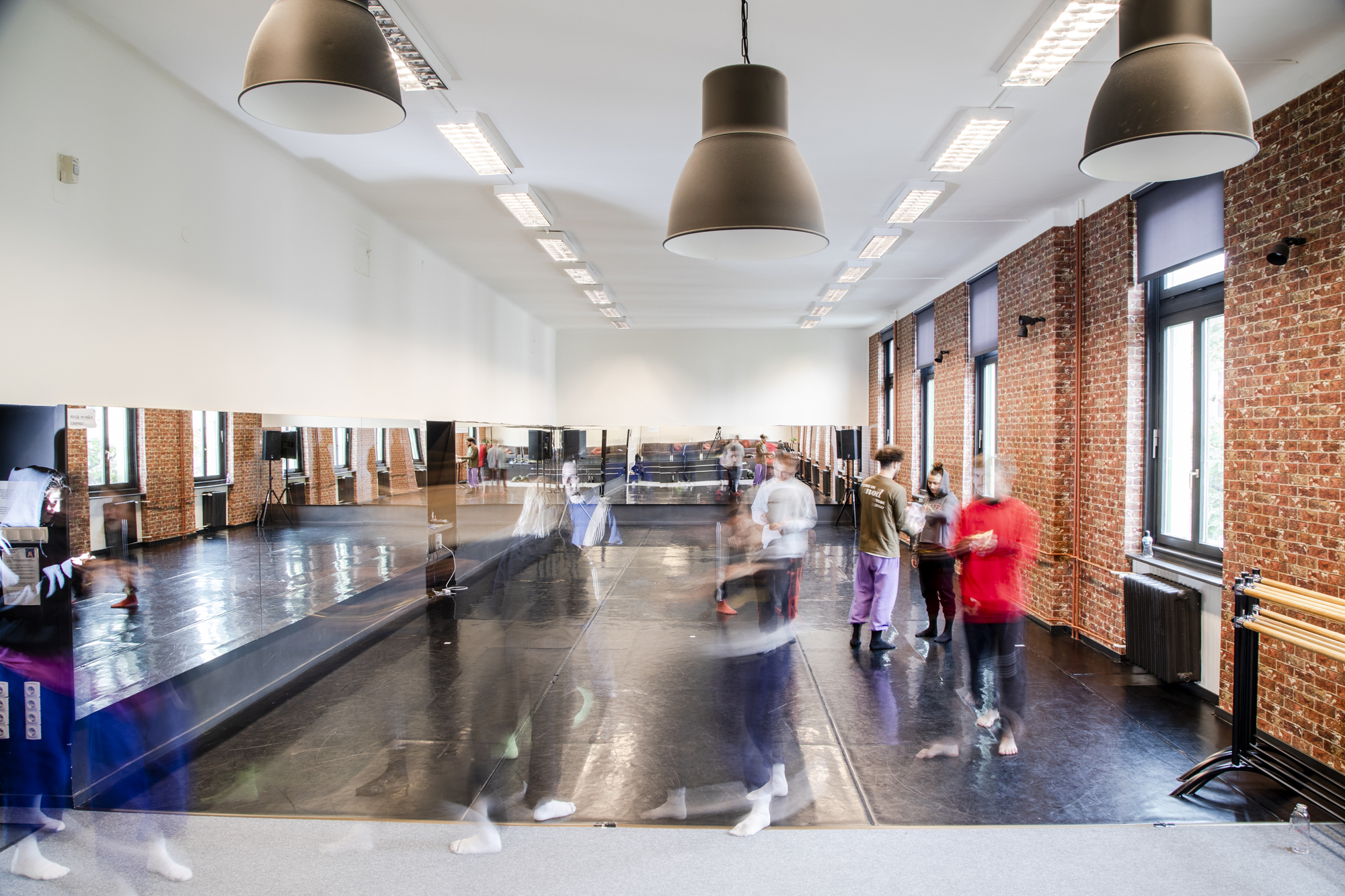
Highlighting the Essence: Insights from the ALT.BP Platform
While the Alternative Budapest platform was never intended to create radical change on its own, we recognized the importance of working with professionals who deeply understood the cultural landscape. Their expertise helped us identify and capture the essence of the most critical and relevant topics. For instance, the articles delve into themes such as the role of placemaking in urban architecture and its impact on community living, the cultural significance and trendsetting influence of grassroots volunteer organizations, and the surprising contributions of for-profit entities with strong cultural missions that serve as catalysts within the alternative scene.
The interviews added another layer of depth to the project. We asked participants both shared and field-specific questions, which revealed fascinating overlaps. Despite working in vastly different areas, some responses were strikingly similar. One particularly poignant answer stood out: when asked about their greatest sacrifices for their mission, several participants mentioned "freezing." This referred to the reality that many grassroots organizations, operating with little to no funding, struggle even to afford proper heating systems or pay their bills in their modest rental spaces.
For those unfamiliar with Budapest’s alternative scene, the website offers a multifaceted understanding. It captures the big picture, presenting both a historical and forward-thinking perspective, while also bringing the human stories and personal sacrifices into sharp focus. It’s a resource that bridges the gap between broad cultural narratives and deeply personal insights, making the scene accessible to all.

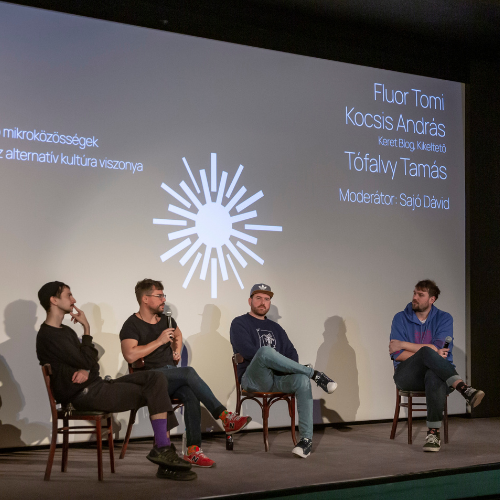
The Conference and Cultural Events
In addition to the website, we organized a three-day conference designed to address important yet often overlooked topics within the cultural sector. This wasn’t about creating something flashy or over-polished—it was about authenticity and the essence. The conference aimed to give a platform to issues that rarely receive attention on a governmental level, fostering open dialogue, reflection, and connection among participants.
The main theme revolved around the relationship between mainstream and alternative culture, with discussions structured into four key areas:
- Festivals: Examining their role in sustainability, tourism, and urban management.
- Fine Arts – Spaces and Stages: Exploring contemporary art venues in Budapest and their significance.
- Theatre: Addressing chamber hall and large hall performances, with a focus on transportability, career paths, and challenges within domestic theatre.
- Music: Highlighting self-organized micro-communities and the dynamic relationship between pop and alternative culture.
Additionally, we hosted complementary lectures that enriched the conference's scope. These included the fascinating historical journey of Budapest’s iconic ruin pubs and an overarching narrative on the evolution of alternative cultural movements in the city over the past century.
As a supplement to the conference, each of the 10 hubs organized events that authentically reflected their unique identities. These events provided a chance to engage with audiences who might never have ventured into these spaces before, offering a firsthand experience of the vibrancy and diversity that defines Budapest’s alternative scene.
The Impact and Looking Ahead
Measuring the immediate impact of a project like this is no simple task. Four months is not enough time to create systemic change, but the results were significant in their own way. The website now serves as a lasting footprint—a living archive of Budapest’s alternative scene, filled with invaluable insights, stories, and connections. It’s a resource with the potential to inspire future endeavors in cultural development, tourism, or even education.
On a personal level, this project was a powerful reminder of the countless grassroots and alternative initiatives striving to survive, despite their immense value and meaningful impact. It made me reflect on how much could be achieved with a fundamental shift in our moral priorities—whether in social, economic, educational, or funding systems. The truth is, we already have the resources and solutions to make the world a better place; it’s not a matter of invention, but of choice.
The real challenge lies in reorganizing our priorities, both individually and collectively. This realization continues to drive me and motivate me to explore how I can contribute to addressing these broader systemic issues. It’s a mission I carry forward, inspired by the people and communities this project allowed me to connect with, and hopeful for what might come next.
Visit: alternativbudapest.hu


